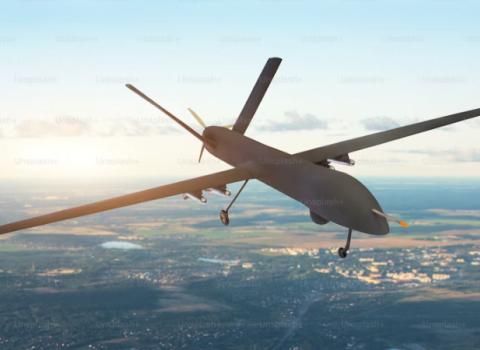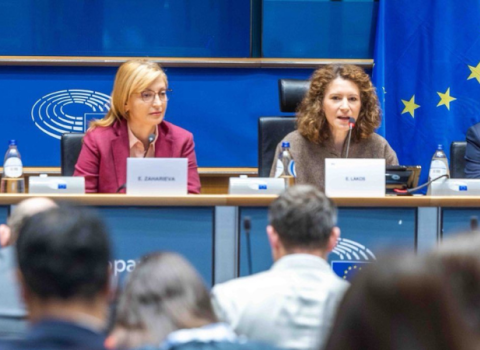The benefits from EU money spent on deploying new air traffic management systems are far from clear, says the European Court of Auditors. However, EU-level planning and regulation has helped to coordinate national investments

A majority of the projects to modernise Europe’s airspace that were funded by the Single European Sky Air Traffic Management Research (SESAR) programme “would have been financed without EU support,” according to the European Court of Auditors (ECA).
At the same time, shortcomings in implementation reduced the effectiveness of EU money, with a substantial amount of funding being awarded without adequate prioritisation and consideration of effectiveness.
The auditors also say not enough was done to mitigate the potential risk of conflicts of interest resulting from the current funding mechanism, in which some companies are involved in screening their own applications before they are submitted to the European Commission for approval.
Despite the reservations, the ECA’s report says modernisation of Europe’s air traffic control has benefitted from regulation and coordination at EU level. SESAR’s common projects have promoted coordinated action and reduced “last mover advantage” in which stakeholders postpone investments knowing that benefits will only arrive when everyone is equipped with the new technology.
The report comes at a time when the European Commission is drawing up plans for the next crop of research partnerships with industry, including a successor for SESAR.
In the light of its report, ECA says the commission should review its financial support for modernising air traffic management.
SESAR consists of two separate partnerships, the SESAR joint undertaking set up in 2007, which handles research and development, and SESAR deployment manager, which was formed in 2014 to implement the new system. The EU has committed €3.8 billion to SESAR for the period 2005 – 2020, of which €2.5 billion is earmarked for deployment.
SESAR DM is run by the industry association SESAR Deployment Alliance, which is made up of airlines, airports, and air navigation service providers. The auditors said that members of the alliance were involved in screening their own applications for funding, as well as screening competing applications from companies that are not members.
The Court of Auditors told Science|Business it had “not witnessed any deliberate wrongdoing,” but said, “The situation we found configures a conflict of interest.”
Nicolas Warinsko, general manager of the Deployment Alliance, denied there was a conflict of interest. “Believe me, there is none,” he said. The alliance has no role in deciding which applications were funded and which were not, and did not have the power to reject applications.
Screening “is totally different from assessing and evaluating” which is carried out by European Commission’s Innovation and Networks Executive Agency, Warinsko said.
The purpose of screening is to provide “suggestions and recommendations” to applicants, for example, that similar proposals should be bundled together. “We do not have any power to change the contents of a candidate project,” said Warinsko. All companies and member states that are party to a bid have a veto on the final proposal, whether they are part of the Deployment Alliance or not.
The alliance could decide an application belonged in a different funding category, but Warinsko said this is a matter of applying EU law. In this case, there is no “room for subjectivity.” Warinsko is not aware of any complaints from applicants.





 A unique international forum for public research organisations and companies to connect their external engagement with strategic interests around their R&D system.
A unique international forum for public research organisations and companies to connect their external engagement with strategic interests around their R&D system.